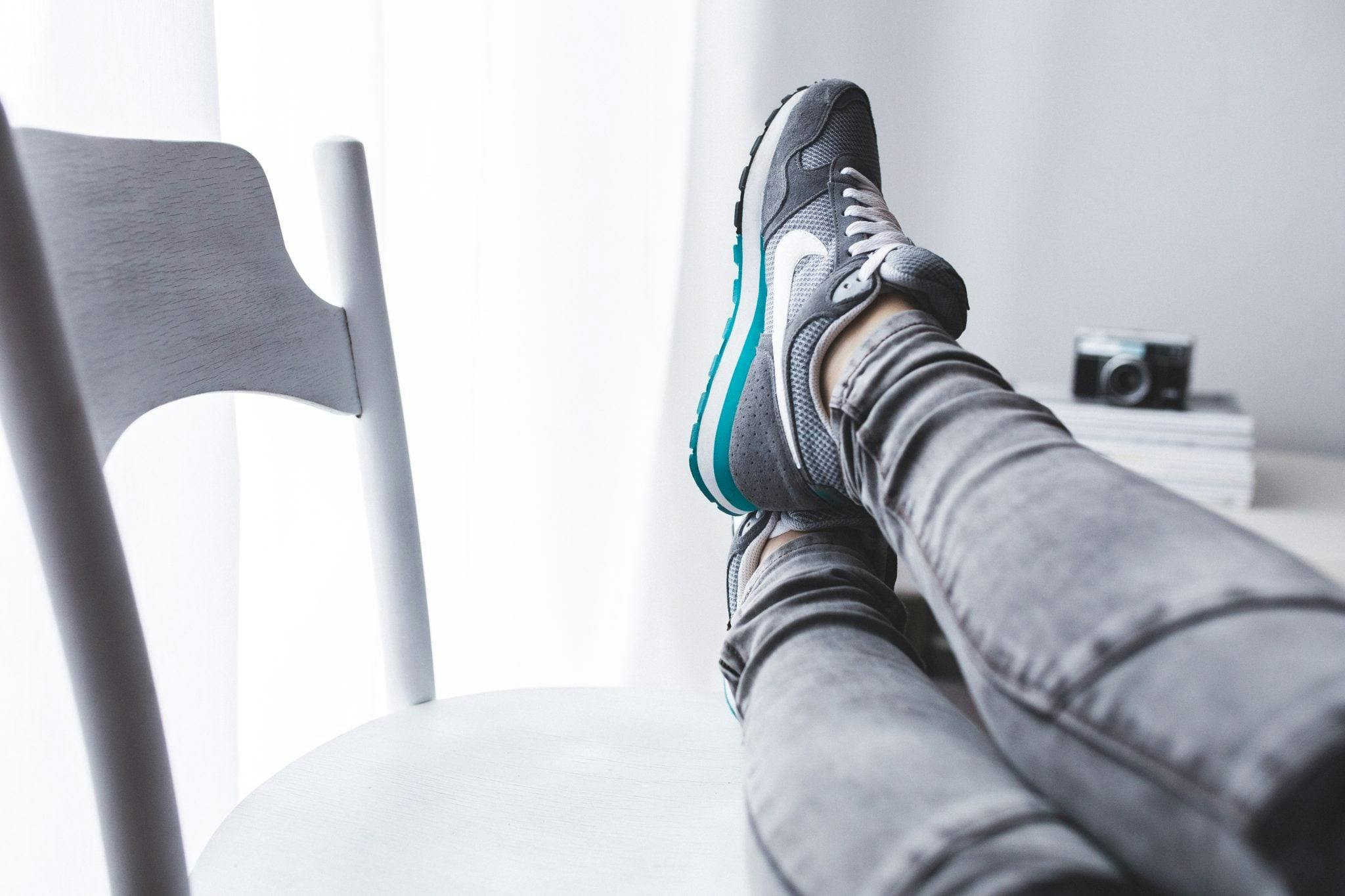
2024-07-12T16:54:51
Sunscreen Travel Tips
- Dermatology
May 24, 2017 | Internal Medicine

Restless leg syndrome (RLS) is a condition involving an uncontrollable urge to move the legs, as a result of general discomfort. These urges typically occur at night while sitting or lying down.
RLS can develop at any age and generally gets progressively worse. Luckily, there are also some steps you can take to reduce symptoms.
Symptoms of RLS include:
There aren’t generally many major complications associated with RLS outside the damage it can cause to sleep patterns. However, these sleep pattern issues can lead to changes in your quality of life and mood. If you’re experiencing RLS, speak to your doctor.
In many cases, there’s no known cause for RLS. Some researchers believe it is related to a dopamine imbalance in the brain (dopamine helps control muscle movement), and it may also be related to heredity or pregnancy in some cases. It can develop at any age, though it’s more common as we get older and more frequently seen in women than in men.
In some cases, RLS can accompany other conditions. These include:
There’s no set diagnostic test for RLS. Your doctor will take your medical history and ask about symptoms, and then will use several criteria to help determine if you have RLS:
Your doctor may also complete a neurological exam and order a blood test to check for an iron deficiency. In some cases, you’ll be asked to stay overnight at a sleep clinic for study.
A few medications might be used to help with symptoms of restless leg syndrome, and these may change over time if certain medications become ineffective. In cases where iron deficiency is a factor, medications or changes in diet might be tailored toward this.
Most of RLS treatment, however, focuses on basic changes you can make to help alleviate your symptoms. Some of these changes include:
If you are developing restless leg syndrome that’s interfering with quality of life, speak to your doctor and he or she will give you the proper treatment for your specific diagnosis.
“Restless Legs Syndrome (RLS) And Sleep.” National Sleep Foundation. https://sleepfoundation.org/sleep-disorders-problems/restless-legs-syndrome
“Restless leg syndrome.” The Mayo Clinic. http://www.mayoclinic.org/diseases-conditions/restless-legs-syndrome/basics/definition/con-20031101
WRITTEN BY:
The Live Better Team


2024-07-12T16:54:51

2024-07-02T11:42:04

2024-07-01T13:49:28

2024-06-21T14:29:51
This information is not intended to replace the advice of a medical professional. You should always consult your doctor before making decisions about your health.